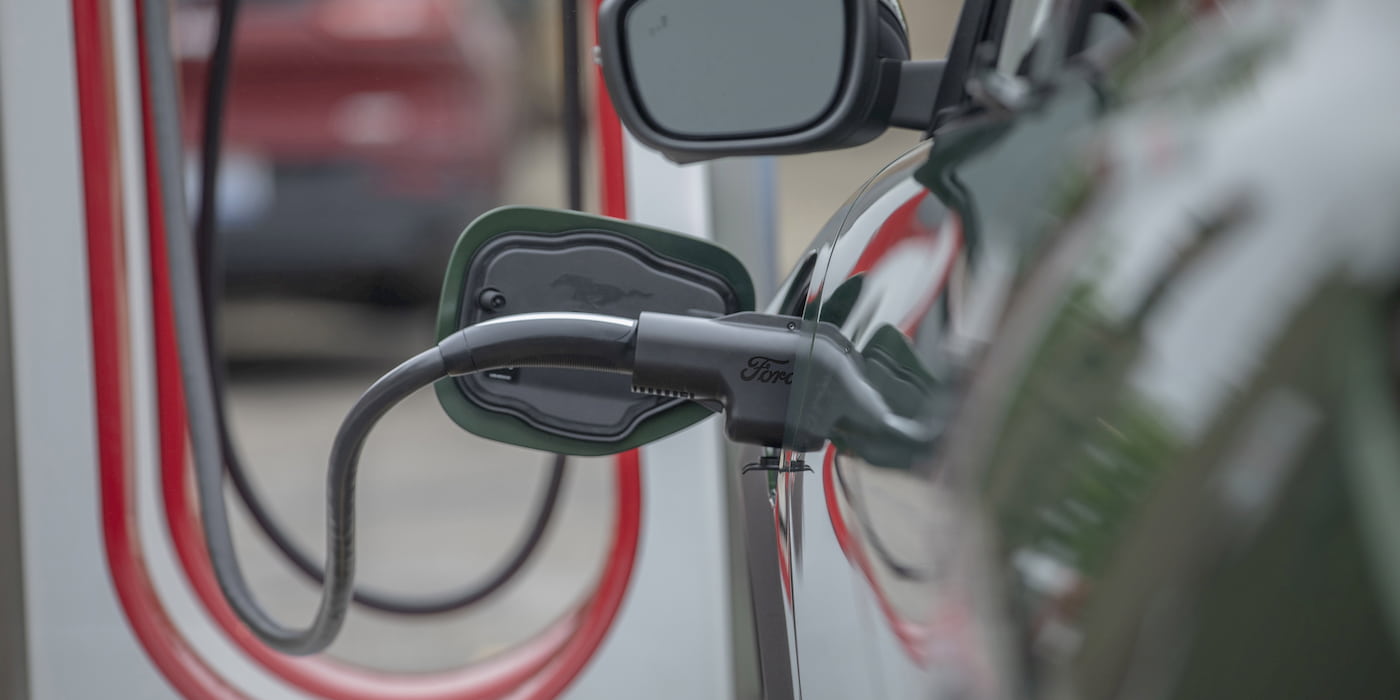
US DC fast charging is becoming more reliable, and charging stations are getting bigger and busier, according to a new Q1 2025 report from the EV data analysts at Paren.
DC fast charging station reliability is on the rise
Paren’s latest US Reliability Index – “Can I successfully charge at this charger?” – increased from 81.2 points in Q4 2024 to 82.6 points in Q1 2025, a notable jump of 1.7%. According to Bill Ferro, CTO at Paren, “This continues a quarterly trend across the US non-Tesla fast charging infrastructure, which suggests that the ongoing efforts to replace or sunset older hardware are having a positive impact on station uptime. In addition, newer entrants into the field are bringing time-tested hardware along with enhanced driver experiences.”
Utah, Alaska, Tennessee, North Carolina, and Nevada were the top-ranked states for DC fast charging reliability in Q1 2025.
Growth slows, but charging stations are getting larger
New DC fast charging ports grew to 55,580 at the end of Q1 2025, up 3,667 from last quarter, with total stations reaching 10,839, an increase of 794. This is fewer new additions compared to the surge seen at the end of 2024, reflecting typical seasonal slowdowns due to winter weather. However, there’s a bright spot: the average number of ports per station among non-Tesla networks rose to 3.9, compared to 2.7 year-over-year. The Tesla Supercharger network now averages 13 ports per station.
Utilization rates reflect the urban-rural divide
Average utilization – that’s the minutes of a charging session as a percentage of time a station is open each day – dropped slightly from 16.6% in Q4 2024 to 16.2% in Q1 2025, following typical holiday travel patterns. But overall, charging use is climbing, especially in dense urban areas with significant rideshare and apartment communities that rely heavily on public chargers.
Early days for NACS transition
The Combined Charging System (CCS) remains dominant, with 59% of new ports, and the shift toward Tesla’s NACS (J3400) standard is still in its very early stages. Only 104 non-Tesla NACS ports were added this quarter at non-Tesla networks, so drivers of new non-Tesla vehicles need to use their adapters if they want to use Superchargers.
Fixed pricing prevails
Charging operators primarily use fixed pricing (80%), with Time of Use (TOU) pricing making up 16%. Pay-by-time options are rare, used only 4.2% of the time.
California is the only major state where TOU pricing surpasses fixed pricing, while many states, such as Oklahoma, Vermont, and Arkansas, almost exclusively utilize fixed pricing models.
As for the most expensive places to fast charge your EV? The top four metropolitan statistical areas are all in California, with average rates at $0.60 or $0.61 per kWh.
Rural and low-income areas at risk
The Trump administration’s cancellation of the National Electric Vehicle Infrastructure (NEVI) program poses a significant threat to rural and low-income communities. Loren McDonald, chief analyst at Paren, cautioned, “Our data is a harbinger of less expansion in rural and lower-income markets as CPOs will increasingly focus on urban markets, seeing high utilization, often north of 30%, versus markets with less than 5% utilization.”
‘Charging 2.0’ – a new industry phase
McDonald summed up the report by marking 2024 as a pivotal year, stating, “2024 was a year of mixed news in the US DC fast charging industry, but it will be remembered as a pivotal turn to a new era we are calling ‘Charging 2.0’. Charge-point operators and new players in the industry are increasingly focused on creating a great customer experience, improving reliability of chargers, and reaching profitability – a shift from chasing the availability of incentives, racing to get chargers in the ground, and then crossing your fingers that utilization will grow over time.”

Read more: Trump just canceled the federal NEVI EV charger program
If you’re an electric vehicle owner, charge up your car at home with rooftop solar panels. To make sure you find a trusted, reliable solar installer near you that offers competitive pricing on solar, check out EnergySage, a free service that makes it easy for you to go solar. They have hundreds of pre-vetted solar installers competing for your business, ensuring you get high quality solutions and save 20-30% compared to going it alone. Plus, it’s free to use and you won’t get sales calls until you select an installer and share your phone number with them.
Your personalized solar quotes are easy to compare online and you’ll get access to unbiased Energy Advisers to help you every step of the way. Get started here. –ad*
FTC: We use income earning auto affiliate links. More.
electrek.co
#fast #charging #network #surges #55K #ports #reliable





